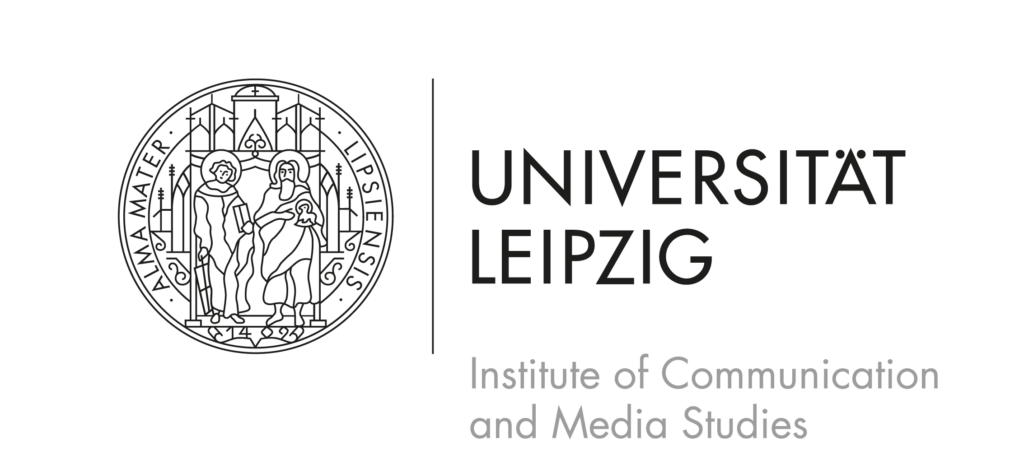
Crossborder Journalism Campus – a contribution to crossborder journalism education evolving
In the early 2020s, cross-border collaborative journalism is a relatively young practice. Teaching cross-border collaborative journalism in practice is in its earliest stages. However, pilot journalism education models are now under development
About CJC
Crossborder Journalism Campus is a pilot program dedicated to teaching crossborder journalism skills to the next generation of investigative journalists. CJC is a cooperation partnership in higher education with participating organizations from France, Germany, Norway, Sweden and the Netherlands.
The European Union is supporting the pilot program from 2022 to 2024 via its Erasmus+ program, key action for cooperation among organisations and institutions. Read a summary of the project reasoning and activities below.
For any questions regarding the Crossborder Journalism Campus:
Brigitte Alfter brigitte@alfter.dk
Ulla Sätereie ulla@satereie.se
Journalism Education Partners
- GÖTEBORGS UNIVERSITET, Sweden
Master of Science Investigative Journalism

- CENTRE DE FORMATION DES JOURNALISTES, France
Diplôme du Centre de formation des journalistes
(level VII)

- UNIVERSITAET LEIPZIG, Germany
Master of Science Journalismus

Journalism Research Partners
- OSLOMET – STORBYUNIVERSITETET, Norway
- Professor Maria Konow Lund of the Faculty of Social Sciences, Department of Journalism and Media Studies, serves as lead journalism research partner for CJC.

Journalism organisation partner
- Arena for Journalism in Europe, Netherlands

The Dutch registered organisation Arena for Journalism in Europe is dedicated to supporting collaborative journalism – journalists working together across geographical borders, and journalists working across professional borders with scholars, scientists, and with civil society. For CJC, Arena is contributing technical infrastructure and expert knowledge on collaborative and data journalism.
European Union Support
Erasmus+
Project 2021-1-SE01-KA220-HED-000030315

Teaching Crossborder Journalism
Crossborder collaborative journalism is applied more and more widely in the media, as journalists address global challenges in networked societies. The move towards collaborative journalism is used in globally known investigations such as the Panama Papers on tax avoidance schemes and in local and regional collaborations focusing on topics of immediate importance for the citizens such as affordable housing, reliable health care or work conditions just to mention a few examples. Collaboration also is practiced in teams of journalists collaborating with scientists, such as the Forever Pollution projects. For all such in-depth work, collaborative journalism is a competence that journalism educations need to provide their students with, in order to meet demand in the industry.
The next generation of journalists – our students – needs to be equipped with additional competences such as intercultural communication and the competence to constantly maintain a transnational outlook even when doing local, regional or national journalism.
Practical competences include interpersonal communication in remote and diverse teams and project management in an international setting. Digital competences are indispensable, so future journalists need the necessary familiarity with digital tools to actually make journalistic research and publication happen while being mindful of digital opportunities and limitations, digital routines, and digital security for example for source protection, as well as an understanding of ethics and media law in transnational contexts.
So what is the best educational model for a practice oriented journalism education?
In one classroom, we can teach about collaborative journalism on a more theoretical level, but we can not guide the students through the – inevitable – difficulties that need to be surmounted in intercultural, remote and diverse teams. Hence, the initiators of the Crossborder Journalism Campus decided to go for a model, where an international set up was simulated from story idea to publication – but under guidance of experienced journalism practitioners and lecturers.
Further, the Crossborder Journalism Campus project tested a model, where journalism educations at comparable academic level enriched existing programmes through a collaboration with partner educations – rather than going through the cumbersome and time consuming process of developing and obtaining recognition for new curricula. With the published findings from the Crossborder Journalism Campus pilot projects, we hope to open for others to be inspired, apply and adapt to their context.
The Crossborder Journalism Campus brought about 75 students from three partner journalism educations together for 4–5 intense working days in the beginning of their academic year. They met in person and developed a work plan. Upon return to their respective universities and they collaborated remotely with their peers in the partner universities. Ultimately, they prepared publications to their respective audiences. They handed in assignments and obtained grades and ECTS credits along the national rules of the universities, they were enrolled in.
In Europe, collaborative education programs in the field of journalism and media are not widespread yet. In 2017, the Newsreel 1 project in a four-country study observed that “none of the educational institutions, we analysed, teaches courses on collaborative journalism” though “some discuss best-practice examples of collaborative journalism”. This was confirmed in a paper presented at the Global Investigative Journalism Conference in 2019. Here, the authors suggested to integrate professional practice and academic analysis to surmount previous schisms, and to particularly address three dimensions—namely how networked journalism is embedded in networked societies, the cross-border journalism concept, and the notion of nation and culture including journalism cultures and roles.
In a forthcoming Routledge Guide to Journalism Education chapter on cross-border journalism, the authors argue for four levels of intensity of collaborative journalism education:
- Teaching cross-border collaboration practice in theory.
- Teaching and practicing cross-border collaboration in one multinational class but without the remote aspect.
- Teaching and practicing cross-border collaboration including remote collaboration with several classes of students from different countries, online only.
- Teaching and practicing cross-border collaboration including remote collaboration with several classes of students from different countries online and with an initial in-person gathering.
The four models are – obviously – different when it comes to the level of intensity in the collaborative practice. Also, there are very different demands in terms of coordination and logistics. We locate the Crossborder Journalism Campus as a pilot in the 4th and highest level of intensity, where we allow students to meet before they embark on a shared research project.
Two such pilot phases were embedded in the Erasmus+ 2022-2024 project.
The Crossborder Journalism Campus needs – obviously – money to allow 70+ journalists and their lecturers to travel to meet at least once, and it needs additional time among the lecturers to support the students and coordinate the project. For this, Gothenburg University in 2021 applied for Erasmus+ funding, the project was granted and ran from 2022 to 2024. The Erasmus+ support comes with full freedom on the educational, editorial and academic work.
Read more about the Crossborder Journalism Campus project in this Erasmus+ announcement.